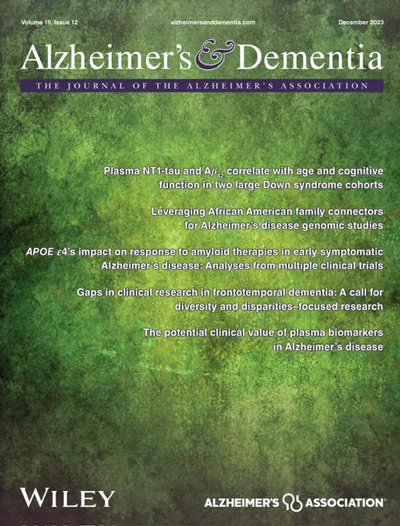Developing and validating a prediction tool for cerebral amyloid angiopathy neuropathological severity
Abstract
INTRODUCTION
Cerebral amyloid angiopathy (CAA) is a cerebrovascular condition, the severity of which can only be determined post mortem. Here, we developed machine learning models, the Florey CAA Score (FCAAS), to predict CAA severity (none/mild/moderate/severe).
METHODS
Building on an auto-score-ordinal algorithm, the FCAAS models were developed and validated using data collected by three cohort studies of aging and dementia. The developed FCAAS models were digitized as a web-based tool. A pilot trial was conducted using this web-based tool.
RESULTS
The FCAAS-4 achieved a mean area under the receiver operating characteristic curve (AUC-ROC) of 0.74 (95% confidence interval: 0.71–0.77) and a Harrell generalized c-index of 0.72 (0.70–0.75). Pilot trial results obtained a mean AUC-ROC of 0.82 (0.71–0.85) and Harrell generalized c-index 0.79 (0.73–0.82).
DISCUSSION
The FCAAS models demonstrate a promising performance in predicting CAA severity. This framework holds the potential for predicting development of amyloid-related imaging abnormalities (ARIAs), given the CAA–ARIAs link.
Highlights
- The severity of cerebral amyloid angiopathy (CAA) can only be determined post mortem.
- A web tool, the Florey CAA Score (FCAAS), was developed to predict CAA severity.
- The FCAAS holds the potential to be used for CAA risk stratification in clinics.
- CAA is linked to increased risk of amyloid-related imaging abnormalities (ARIAs).
- The framework used by FCAAS can possibly be adapted to predict ARIAs risk.


 求助内容:
求助内容: 应助结果提醒方式:
应助结果提醒方式:


